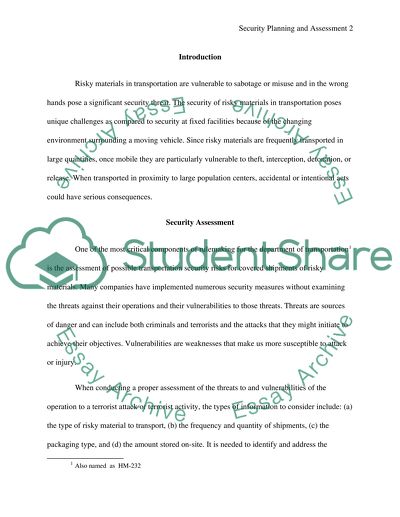Cite this document
(“CJ 452 Security Planning and Assessment Assignment”, n.d.)
CJ 452 Security Planning and Assessment Assignment. Retrieved from https://studentshare.org/technology/1503332-cj-452-security-planning-and-assessment
CJ 452 Security Planning and Assessment Assignment. Retrieved from https://studentshare.org/technology/1503332-cj-452-security-planning-and-assessment
(CJ 452 Security Planning and Assessment Assignment)
CJ 452 Security Planning and Assessment Assignment. https://studentshare.org/technology/1503332-cj-452-security-planning-and-assessment.
CJ 452 Security Planning and Assessment Assignment. https://studentshare.org/technology/1503332-cj-452-security-planning-and-assessment.
“CJ 452 Security Planning and Assessment Assignment”, n.d. https://studentshare.org/technology/1503332-cj-452-security-planning-and-assessment.


